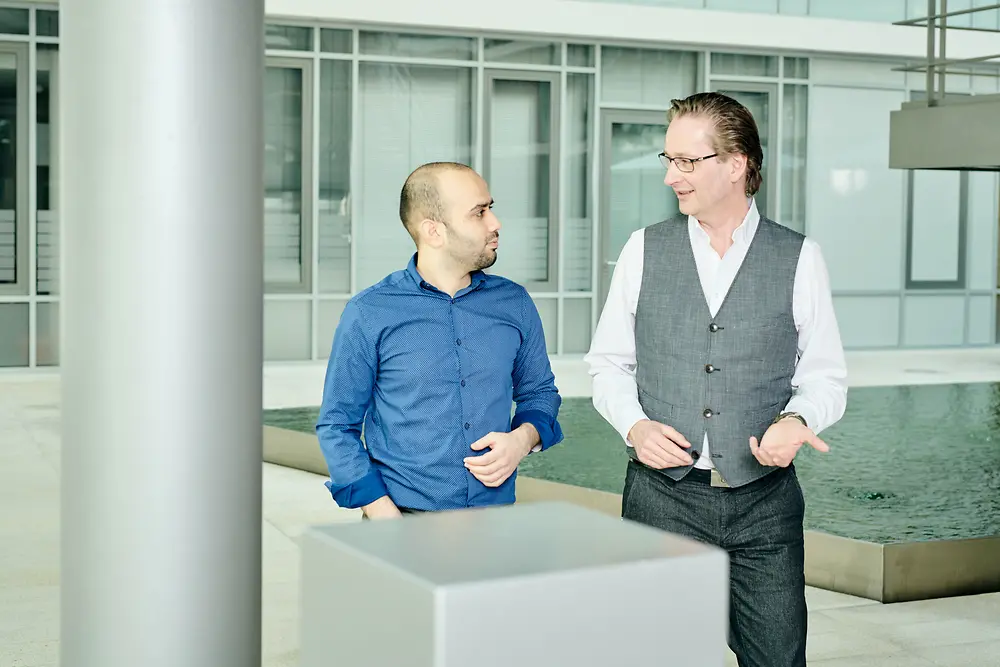Henkel is innovative – which is good, because innovation is at the core of our company’s strategy. The way in which we develop innovations, however, has changed. It feels like the world is spinning faster these days, as brand-new competitors, retail brands and young startups are entering the scene with creative ideas. This confronts us with new challenges, which we see as an opportunity to approach innovation in a completely different way. One example of how we do this is a method we refer to as “Kill a stupid rule,” which is based on calling the well-established into question and making room for creativity.
Innovation takes time. It also implies taking the time to research current trends and new insights from customers or markets, make the mental connections between them and develop new ideas and concepts from there. The question is, how do we take the time to do this? On days filled with meetings, e-mails and spontaneous ad hoc requests from colleagues or customers, there is often no room for it. The key here is agility. It may be the latest business buzzword, but agility is an important precondition for our organization to be able to develop innovations faster in the future.















